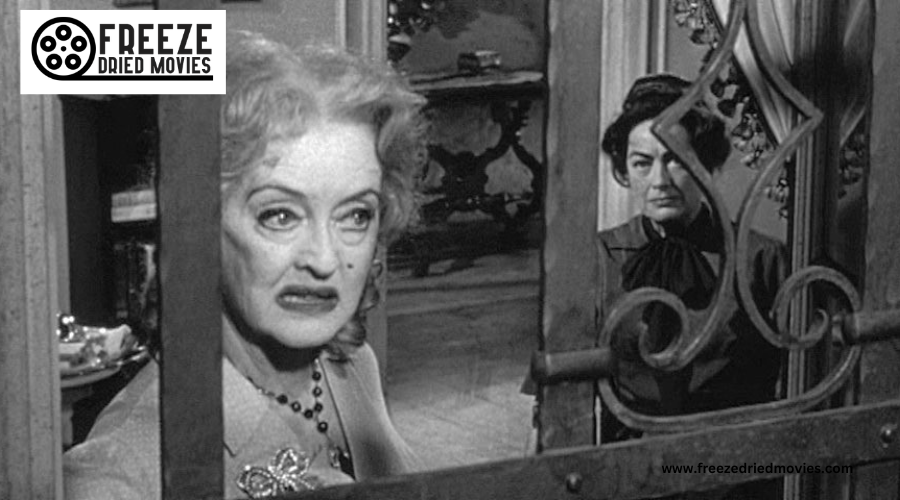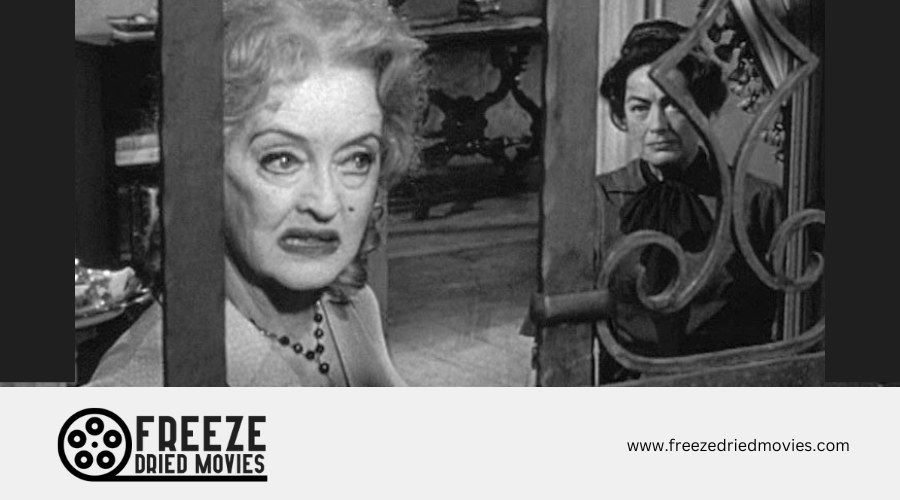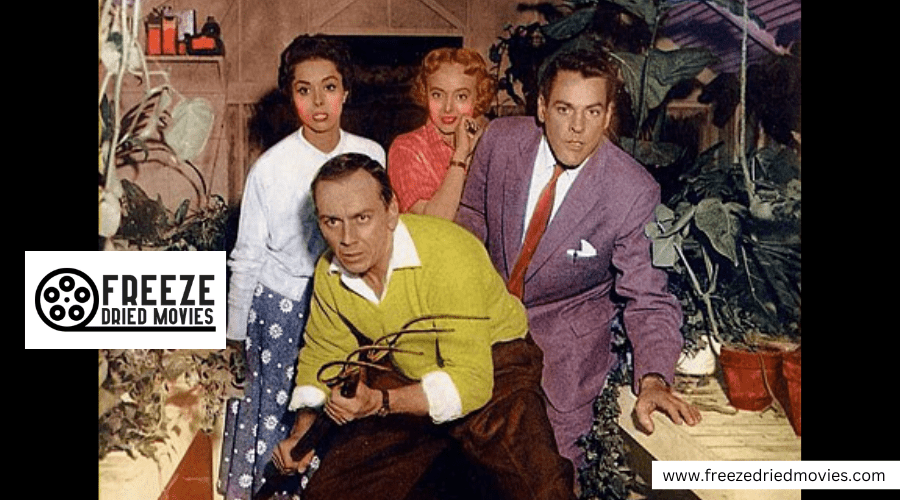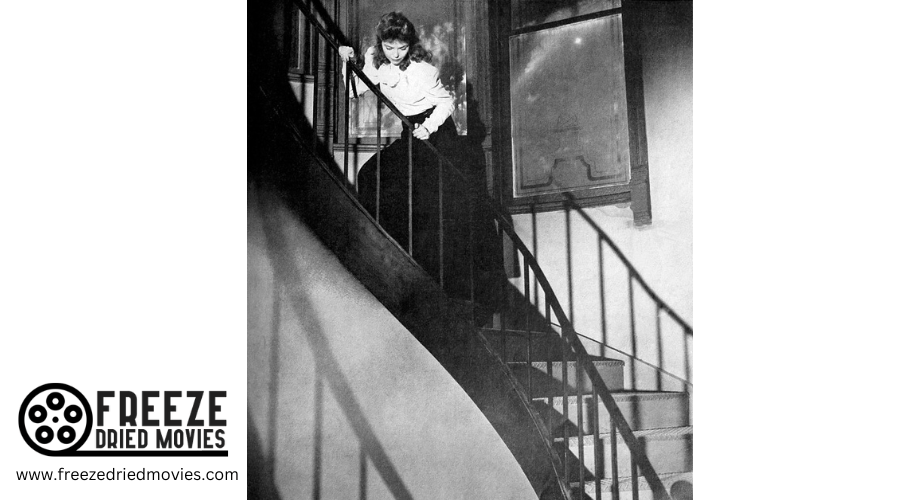Key Black Characters in Horror Movies: Pioneers of Fear and Resilience
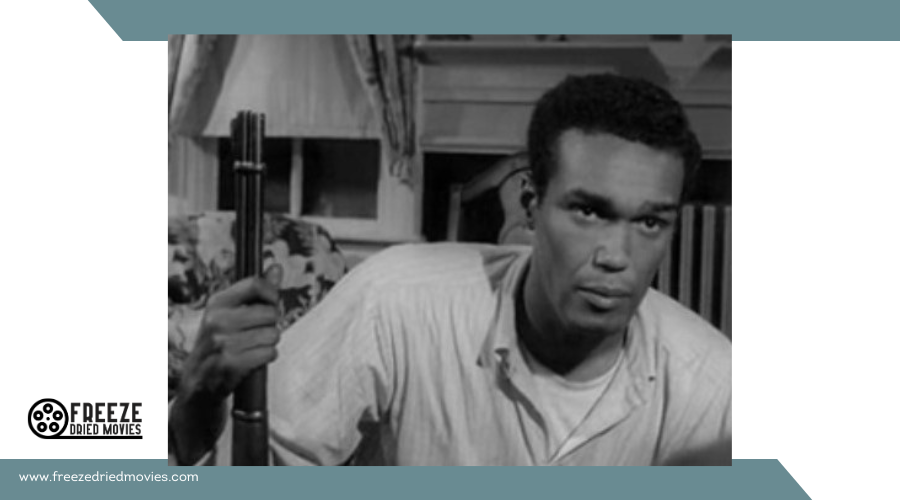
Horror films have long featured a troubling pattern regarding the representation of Black characters, often relegating them to roles that end in early demise. This trope suggests that Black characters are disposable, and for many years, it seemed there were few Black actors in significant roles within this genre. Despite the influence of horror legends and iconic films like "Anaconda" and "The Purge," the presence of Black characters often felt limited or stereotypical.
Recent years have shown a shift, thanks in part to filmmakers like Jordan Peele, who have crafted stories where Black characters not only survive but thrive. Movies such as "Get Out" and "His House" challenge old narratives and introduce fresh perspectives. The rise of "elevated horror" has also illuminated issues such as domestic abuse, gang violence, and institutional racism, giving audiences a deeper understanding of the horror experience beyond simple scares. This evolution in the genre opens up discussions about the importance of diverse voices and stories in horror, illustrating that fear can be universal yet deeply personal.
Ben – Night of the Living Dead (1968)
Ben, portrayed by Duane Jones, stands out as a groundbreaking character in Night of the Living Dead. He serves as the film's hero, showcasing calmness during a horrific crisis. Released near the end of the Civil Rights Movement, the film featured Ben sharing the screen with a white woman, which was a bold choice for its time. His character navigates intense situations, making critical decisions that reflect strength and resilience.
Tragically, Ben survives the night only to fall victim to a tragic mistake. He is shot by other survivors who mistakenly think he is one of the undead. Ben's role marks a significant moment in horror cinema, challenging racial norms of the era.
Prince Mamuwalde/Blacula – Blacula (1972)
View this post on Instagram
In The Shining directed by Stanley Kubrick, Scatman Crothers plays the role of Dick Hollorann, the head chef at the Overlook Hotel. He is not the film's main character; that role belongs to Jack Torrance, portrayed by Jack Nicholson. While Hollorann does not dominate the story, his character leaves a significant impact. He shares a special bond with young Danny Torrance, as both possess a psychic ability known as "the shining." Hollorann stands out as a well-rounded and relatable character. Unlike some earlier roles played by Crothers in the 1970s blaxploitation films, this role adds depth and sincerity. His warmth contrasts sharply with the building tension in the movie, making him a memorable figure in one of the most acclaimed horror films of the 1980s. Halle Berry stars as Dr. Miranda Grey in Gothika, a notable psychological horror film released in 2003. In this movie, Berry’s character is a psychiatrist working in a women's psychiatric hospital. The plot takes a dark turn when she becomes a patient in her own institution after experiencing a ghostly possession. This twist showcases not only horror elements but also highlights the psychological intricacies of the character. Halle Berry's casting in a leading role marks a significant achievement for Black actresses in the genre. While the horror film industry has always featured prestigious actors, Berry’s presence in a big-budget film, with a whopping budget of $40 million, stands out. The early 2000s demonstrated a shift in representation for Black talent in horror, as Berry joined other actors like Wesley Snipes, who achieved success with roles in Blade II and Blade: Trinity. This era represented progress in an often-overlooked genre. In Us, Lupita Nyong’o stars as Adelaide Wilson, a woman pursued by a terrifying version of herself, known as a doppelgänger. This character embodies a haunting tale where families must confront their own darkness. Nyong’o's performance is notable and has significantly impacted the horror genre, showcasing her talent and depth. In the film, the tension escalates as Adelaide's family faces threats from their sinister counterparts. The duality of her character adds layers to the story, prompting viewers to consider themes of identity and fear. Meanwhile, in Get Out, Daniel Kaluuya portrays Chris Washington, who experiences horror rooted deeply in societal issues. As he visits his girlfriend's family, he encounters a disturbing reality that unveils systemic racism. Kaluuya's expression of fear and confusion has become a symbol within the genre, resonating with a broad audience, including those outside horror fans. Director Jordan Peele reinvigorates the horror landscape with these films, tackling complex themes while providing memorable performances. With both Us and Get Out, audiences witness significant progress in representing black characters in horror, moving beyond stereotypes to portray multifaceted individuals navigating fear and survival. This shift marks a notable evolution within the genre.Dick Hollorann – The Shining (1980)
The Candyman – Candyman (1992)
Dr. Miranda Grey – Gothika (2003)
Adelaide – Us (2019) and Chris – Get Out (2017)

